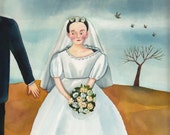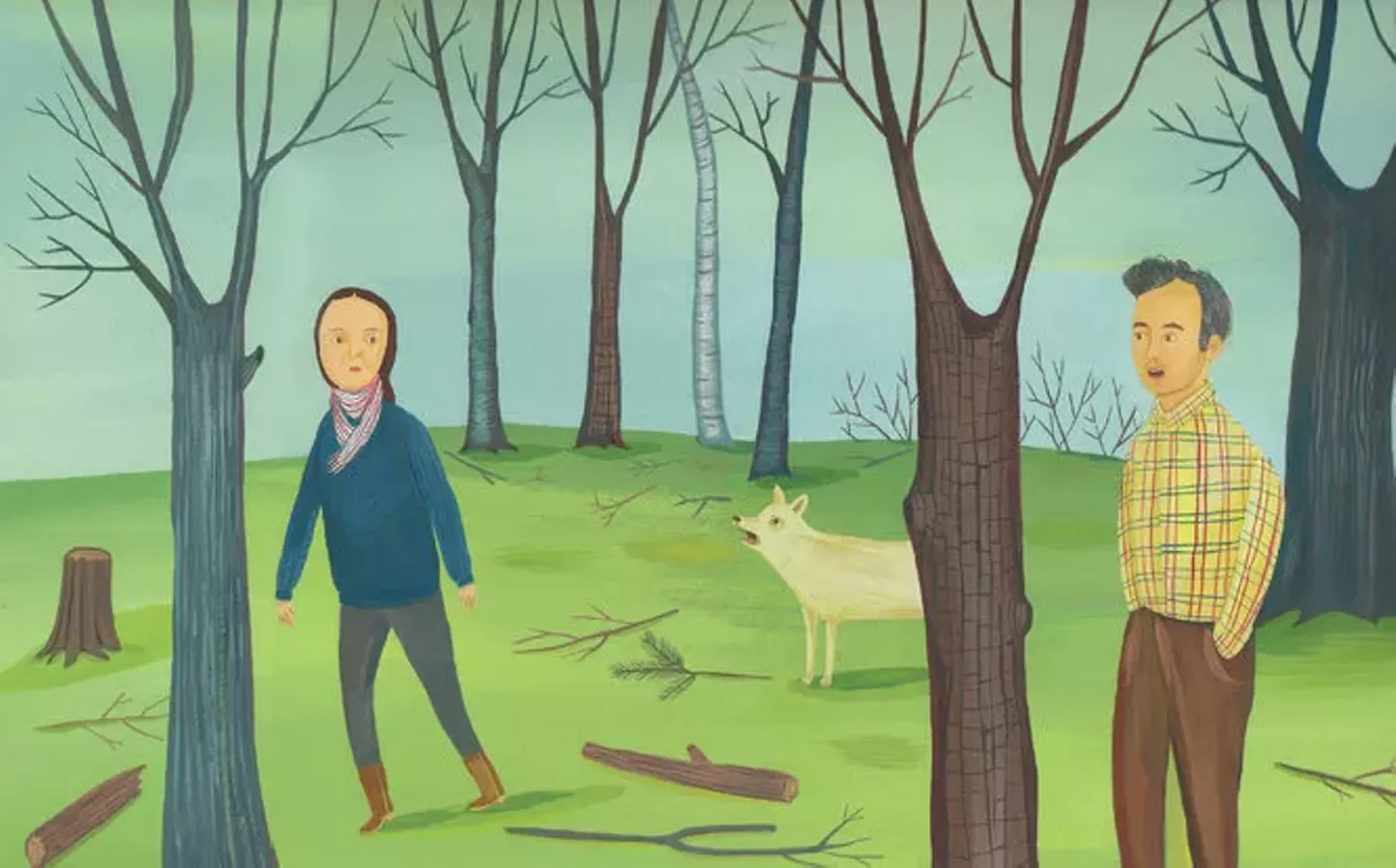

Almost no biographical information survives about Amelia Simmons beyond a few tidbits in the cookbook. Her pupil’s mastery of cake baking coincides with her departure for new horizons.

Marcia’s lessons give her the idea of writing everything down to make it easier to retain the art and science of cookery.

She is kind and attentive enough to see that Marcia likes being in the kitchen and wants to learn. Fannie, as realized by illustrator Nancy Carpenter, has the briskly efficient no-nonsense air (and turned-up nose) of Mary Poppins. Fannie cooks like an angel, much to the dismay of Marcia Shaw, who feels she has been displaced as her pregnant mother’s helper. Charles Shaw, Fannie’s employer of who recommended she attend the Boston Cooking School. Although mostly confined to a wheelchair by thirty, she still pursued a busy and successful career teaching, administering the Boston Cooking School, founding her own school, and improving nutrition and care of invalids.įanny in the Kitchen could have been the inspirational story of a physically challenged female icon, but Hopkinson chose instead to dream up a story revolving around the daughter of Mrs.

She regained enough strength in her twenties to learn cooking and operate a boarding house known for its bill of fare out of her mother’s home. Those plans were upended by a paralytic stroke (or polio) she suffered at age sixteen. She came from a well-educated Boston Unitarian family and was expected to attend college. Not having led adventurous lives, painted innovative artwork, made major advances in science, or written famous fictions, the two women had to be largely reinvented to be worthy of remembrance.įannie Merritt Farmer (1857-1915), the first to write recipes with precise quantities measured in standardized equipment in the Boston Cooking School Cookbook (1896), was a product of the domestic science movement. Her subjects are Amelia Simmons, whose American Cookery (1796) was the first of its kind and Fanny Merritt Farmer (1857-1912), author of the best-selling Boston Cooking School Cookbook (1896), which in various incarnations reached a 13 th edition in 1990. Count on Deborah Hopkinson, a distinguished author of children’s non-fiction, to take on the challenge of introducing two giants of American culinary herstory in picture book biographies.


 0 kommentar(er)
0 kommentar(er)
